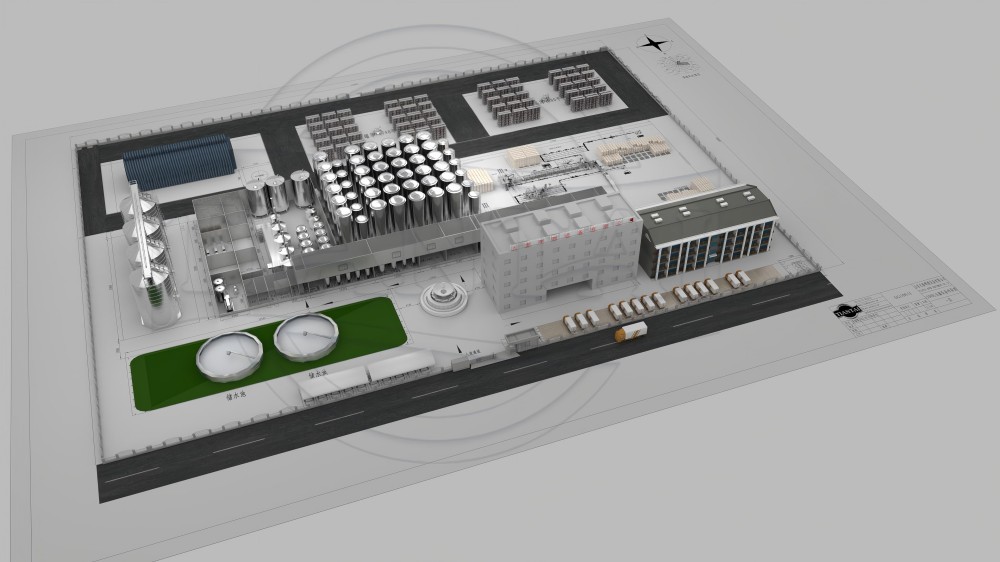The current craft beer equipment has improved a lot compared to 20 years ago in terms of processing technology, materials, configuration, and internal treatment, and even earth-shaking changes are acceptable. It can be seen from the changes of the CIP cleaning system alone.
.jpg)
No matter how long the difference in time is, the craft of winemaking will not change. Beer equipment must be cleaned before use, but now there is a separate CIP system, which turned out to be a simple method.
Since the SUS304 stainless steel plate was very expensive at that time, in order to reduce the cost, some of them used 201 stainless steel for the outer wall, and even used carbon steel plate to spray paint. The small craft beer equipment within 1000L is not equipped with CIP system at all, and there is no cleaning vehicle. If you want to clean it, you can only boil hot water from the mash pot, put caustic soda (NAOH) into the water and dissolve it to make a 5% solution. The wort pump is used to pump out the pipeline along the wort flow, and the heat exchangers will be sterilized in a cycle, and then return to the mash tun. Start timing when the thermometer at the wort outlet of the heat exchanger shows above 80°C, and it will end after maintaining this temperature for 30 minutes. The next thing to clean is the inner wall of the mash tun and lauter tank, just connect the hose to the connection of the cleaning ball and open the corresponding valve. Let the sprayed caustic soda water return to the inlet of the pump. After 30 minutes of circulation, the organic matter will be washed off. After one tank is circulated, the other is circulated. In this way, the containers and pipelines of the saccharification system are washed with alkali. Residual alkaline water can be poured into unused fermentation tanks or plastic barrels for storage.
After alkali washing, the next step is to rinse with tap water to rinse off the residual alkali. For the brewhouse container, this step is enough. However, the pipelines and heat exchangers through which the wort flows need to be sterilized with 80°C hot water to ensure that the cold wort in the later stage will not be contaminated with bacteria, and the previous alkaline washing process is repeated with water. After the time is up, close the valve from the outlet of the wort pump to the heat exchanger, and the hose at the outlet of the heat exchanger has been sterilized. The valve at the end should also be closed, and the hot water in the middle will be intercepted inside, and after cooling, it will become sterile water, which can be used to activate the yeast.
Some of the CIP cleaning of the fermentation tank is equipped with a mobile pump separately, and the cycle cleaning is completed by connecting the sewage outlet of the fermentation tank and the CIP nozzle through 2 rubber tubes. The first time is to rinse with tap water until no dirt is discharged, then burn a certain amount of caustic soda water in the mash pot, pump it into the fermentation with a mobile pump, and then cycle and clean. When the time is up, rinse off the residual lye with water, prepare 0.5% hydrogen peroxide solution in the pot, pump it to the fermenter and recirculate and clean it for 30 minutes. When the time is up, move the hydrogen peroxide to another fermenter or drain it. Open the CIP port and the sewage outlet of the fermenter to drain the residual water, so that the aseptic environment of the fermenter is established.
It can be seen from the above description that without a CIP system, even without a mobile pump, it will not affect CIP. However, the wort pump has been occupied by CIP for a long time, which will definitely affect the feeding work, so a CIP system is still required. Even a 2-tank CIP trolley can save a lot of time and make brewing easier.


.jpg)





Get A Quote